Hello friends, work is busy but here was something that I put together for the heck of it. It's been a while since I created an infographic and I hope this one might come in handy the next time you see skateboarding on TV.

A blog about my interests, mainly the history of fighting games. I also talk about animation, comic books, car culture, and art. Co-host of the Pink Monorail Podcast. Contributor to MiceChat, and Jim Hill Media. Former blogger on the old 1UP community site, and Capcom-Unity as well.
Hello friends, work is busy but here was something that I put together for the heck of it. It's been a while since I created an infographic and I hope this one might come in handy the next time you see skateboarding on TV.

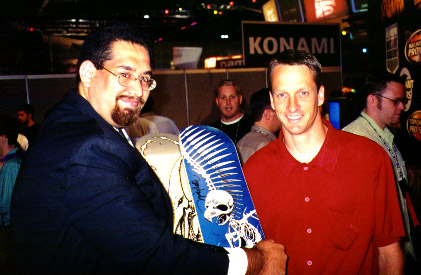
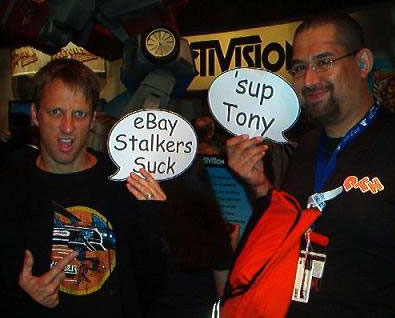
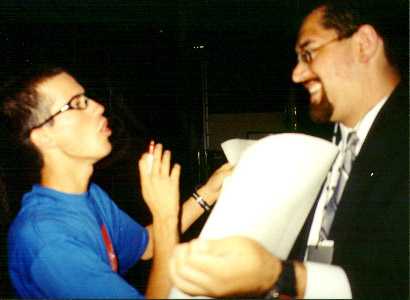
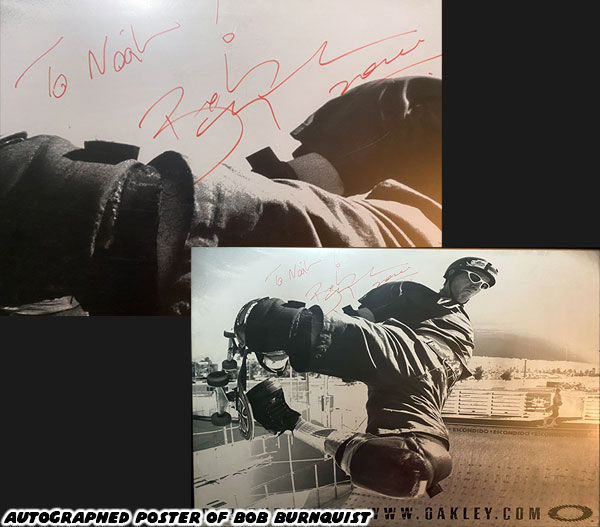
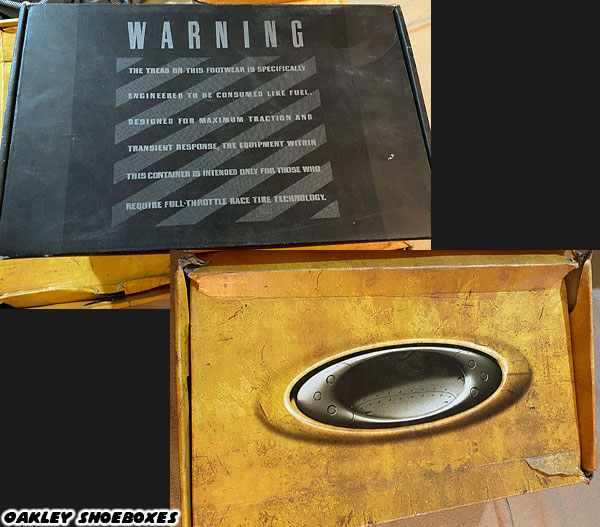
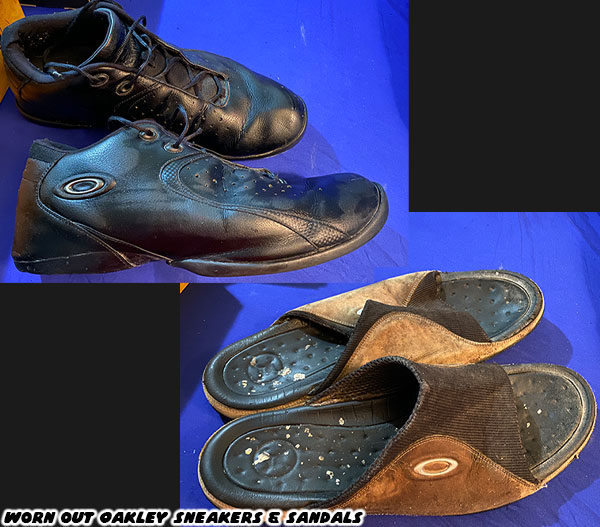

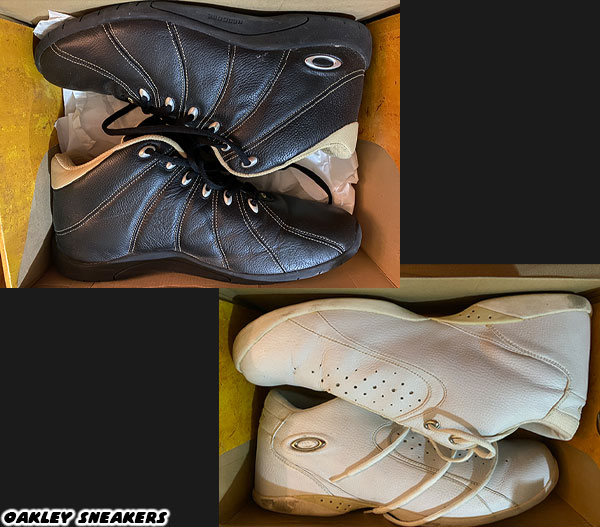
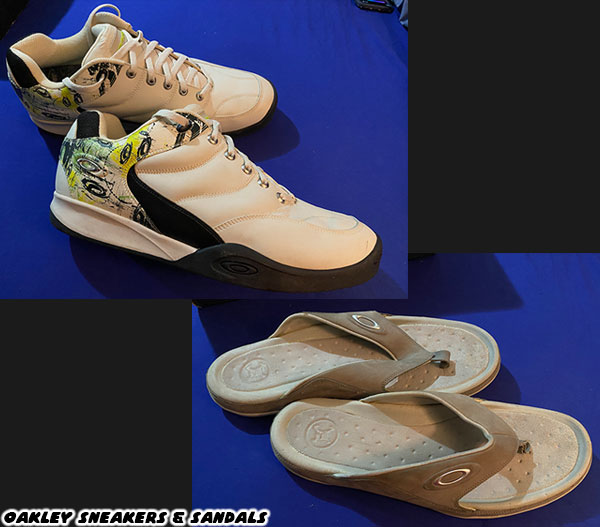
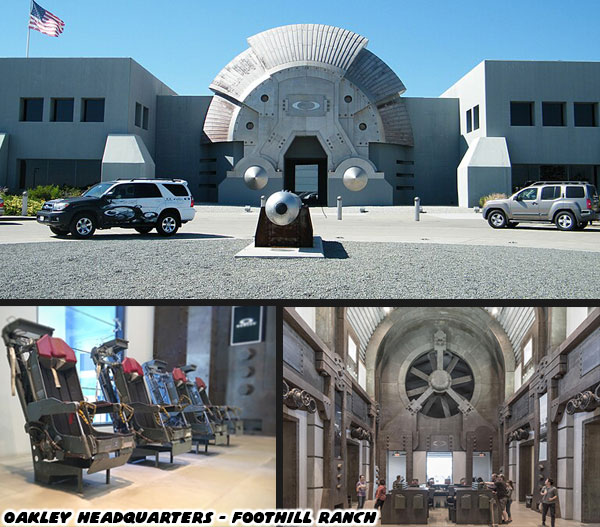
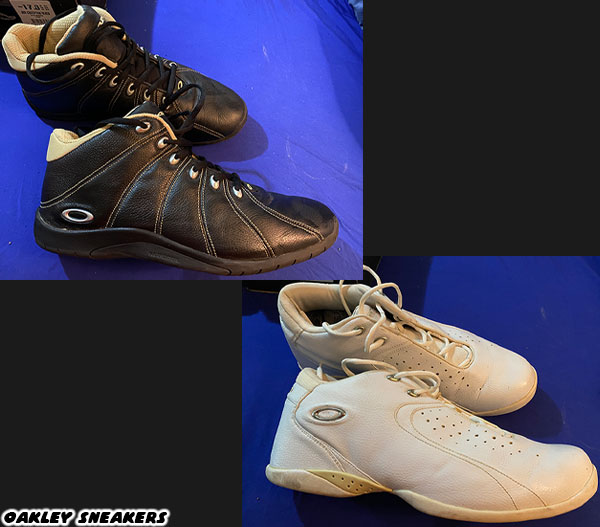
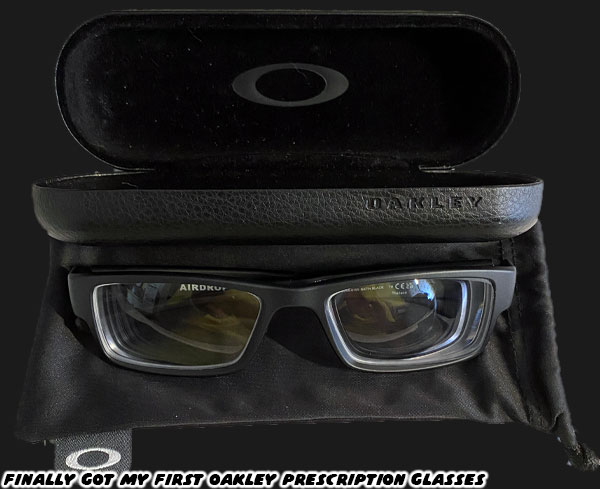
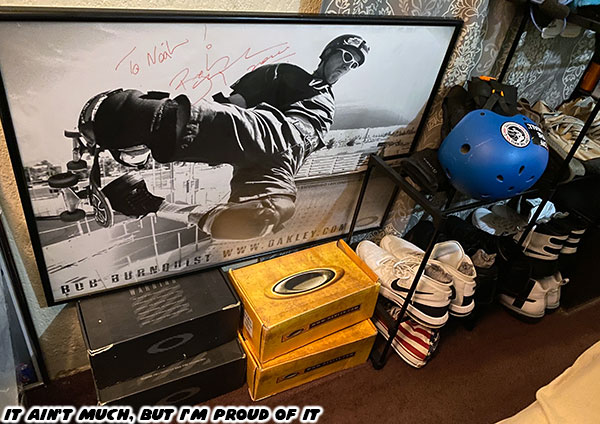
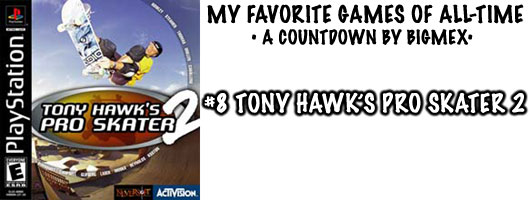
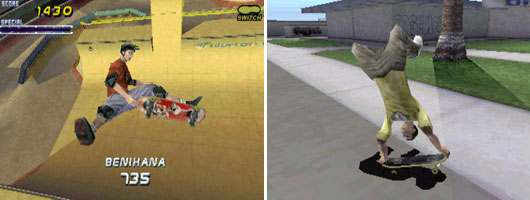
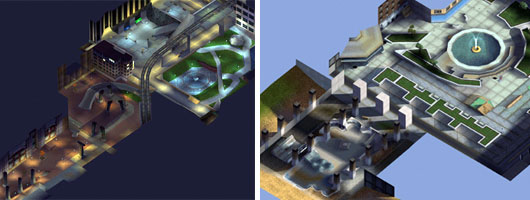
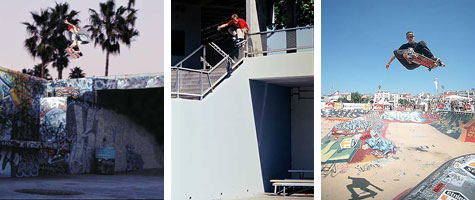
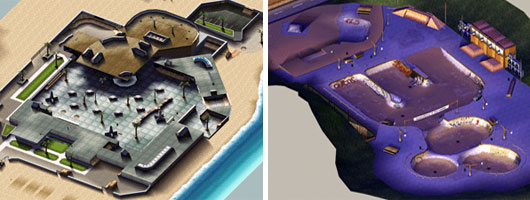

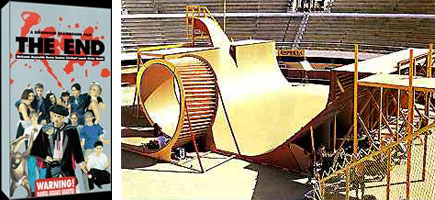
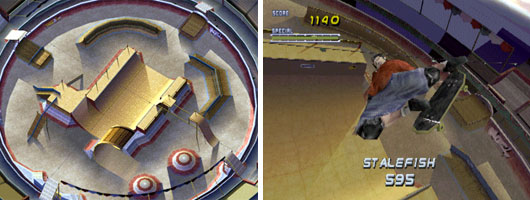
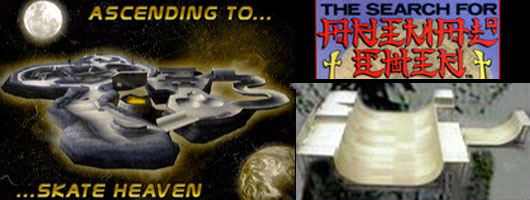
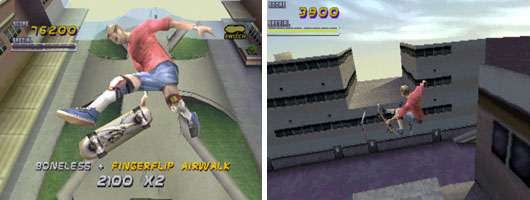
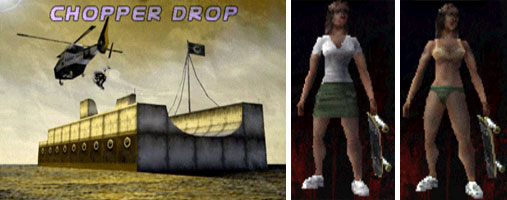
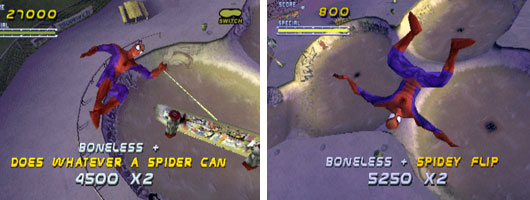
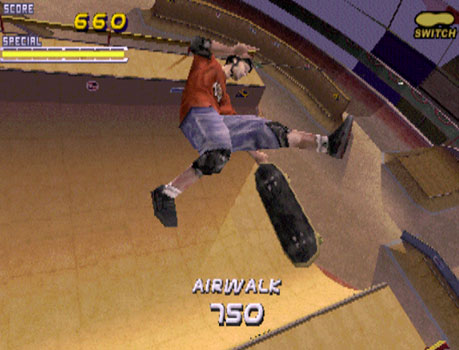
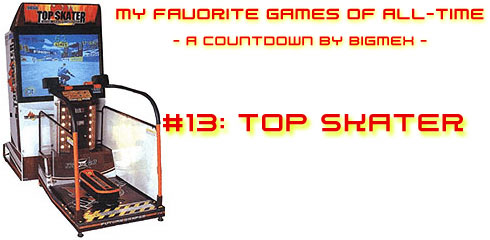
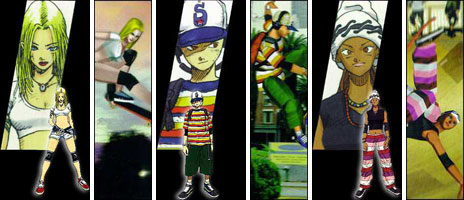
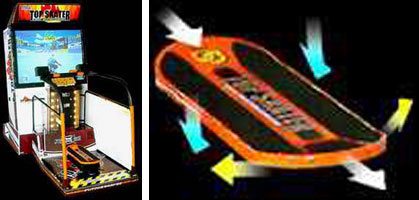
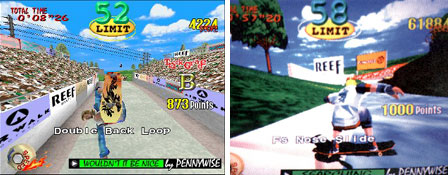
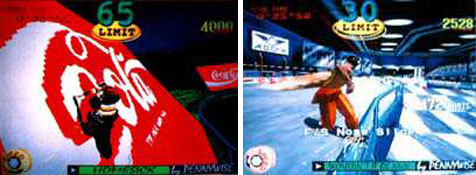
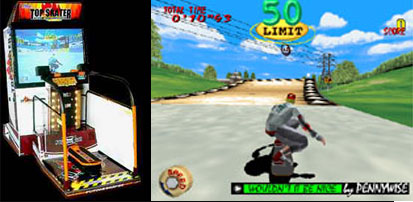
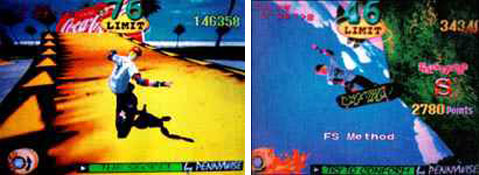
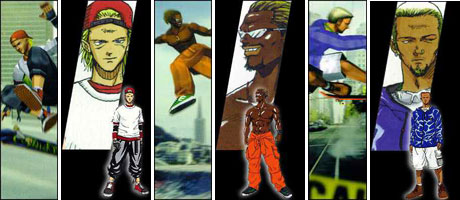
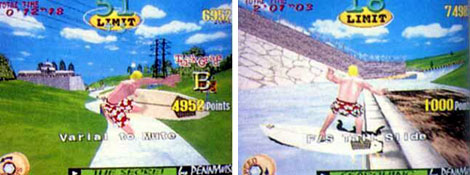
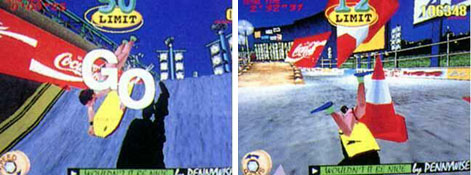
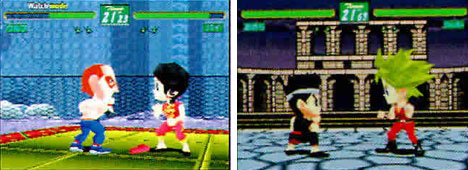

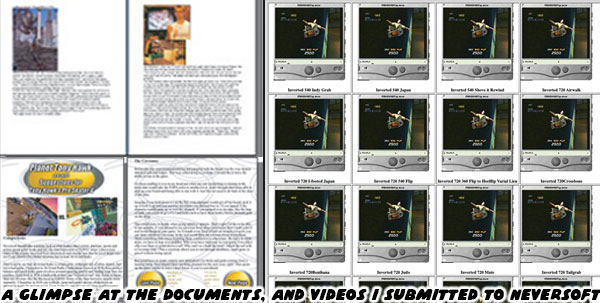
In 2000 I was a finalist in the THPS2 World Championships. Activision flew me, and 11 other people up north to enjoy the X-Games in San Franciso, and compete in the game tournament. It wasn’t much of a contest as essentially we watched Ben Addair, Sean Fontenot, and “THPSAndy” Gentile fight for the top spot. In 2001 I came in 4th Place, Twin Galaxies THPS2 Best-Combo World Championship. So I could play the game very well, but at the same time I enjoyed trying to figure out ways to make it better. Neversoft, and Tony himself welcomed my feedback given my relationship with PTH, and the World Championships. I would write detailed game design documents, and provide feedback on the series as a whole. Some of these were sent directly to the team, other ideas were posted on the PTH forums. My years of playing games in the arcade, PC, and consoles, as well as being a big fan of skateboarding helped translate the elements that I thought would be great fits for the series.
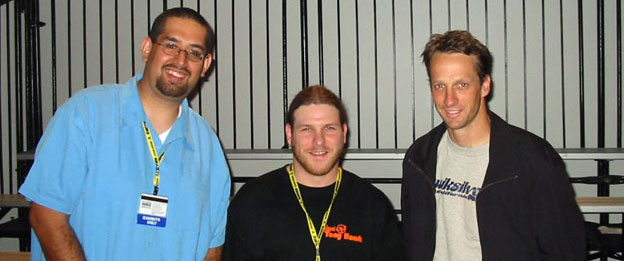
I went so far as to exploit glitches in the THPS games, and record videos so I could get my ideas across. I would upload these, and show the team ways to change the control scheme. I pitched the ideas of being able to perform wall plants, reverts, and caveman tricks to expand the combo system. I talked about locations like Skateopia, and Japan as perfect settings for new levels. Many people on the PTH forums noted how many of my suggestions seemed to influence the finished versions of THPS3, 4, Underground, and Underground 2. I never so much as received an in-game credit, or thank you. Still the game studio acknowledged my contributions. They sent me a free copy of the games as they were released, and even managed to get me into the E3 on a couple of occasions. All the while I hoped that Neversoft, or another studio might be willing to take a chance on hiring me. I asked Tony, and Ralph a producer at Neversoft if they would be willing to write me letters of recommendation. They obliged, and said some very nice things about my contributions.
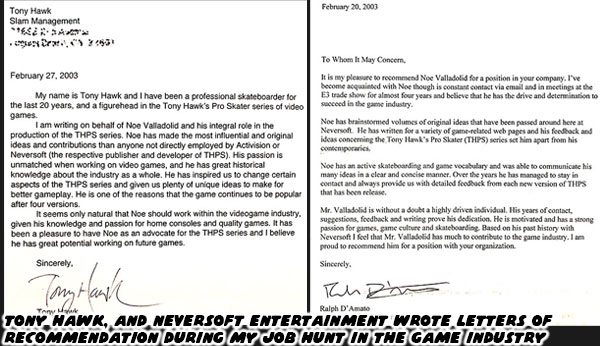
I thought about getting an entry-level job in QA, based on my ability I thought I’d be a good fit. THPSAndy was beyond gifted as a player, and had been picked up by Neversoft after the world championships, and later absorbed into Activision Blizzard to become a designer. As a fellow finalist I didn’t seem able to get my foot in the door. Neversoft was receptive to my feedback, but they didn’t have plans to add me to their team. I applied at Activision, Capcom, Disney Interactive, and a few other studios for over a decade, but never got so much as a call-back. It was a bummer having my ideas help shape skateboarding’s biggest franchise, but not being considered for a job. I did manage to find work at JPL for a few years, which as any science nerd would say was a dream come true. Part of me still hopes to get a chance to develop games.
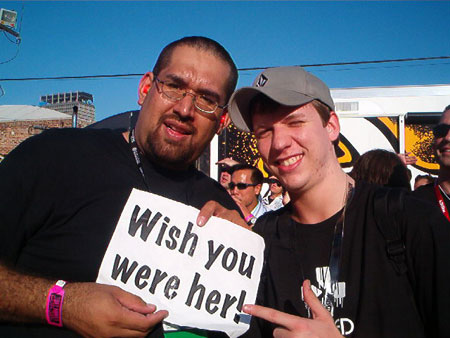
With that said let’s figure out how I would approach a sequel to 720°. What types of graphics would it have, what sort of aesthetic, or theme would it take? How would the control be when compared to all the other skate games in recent memory? Activision flooded the market with THPS sequels just about every year for almost a decade. This ensured that they would hold the monopoly on the genre, while at the same time burning rivals out from trying to compete. This seemed to be their approach with the Guitar Hero franchise as well. Thankfully Electronic Arts, the company that gave us Skate or Die, was willing to take on a fresh approach when they released Skate in 2007. EA Montreal actually floated the idea of flying me, and the PTH webmaster Trevor Esposito, up to Canada to get our take on Skate while in development. It would have been nice, but the studio couldn’t get the okay from the higher-ups to do that. Skate, and games that came after like Skater XL were focused on more accurately reflecting the process, and even look of modern skateboarding. The control was very unlike the Hawk series, with making the analog sticks act like legs, and feet to control the board. Performing tricks, and combinations, was not super easy as it was in the THPS series. The challenge of accurate skating was also the reward of playing. The game even took the camera POV directly from skate videos.
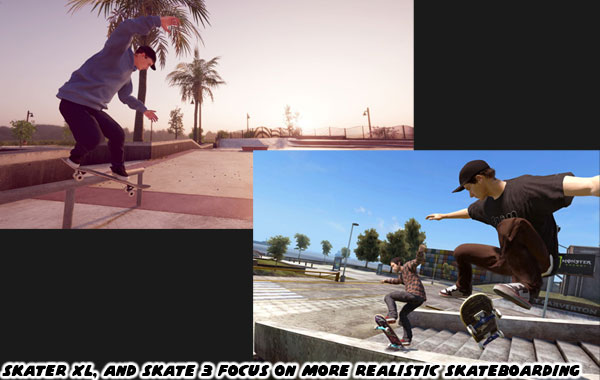
I would not use the THPS, or Skate 3 formats for a 720° sequel. The Atari classic had its own look, and feel, which would be lost if it went into the format employed by the current crop. It had to be in an isometric perspective. There were examples where isometric games actually worked well for the genre. Vicarious Visions established themselves as great developers when they adapted Jet Grind Radio, and the THPS series for the Game Boy Advance. Using this perspective could still work well in an action sports title, as long as all of the other control, and design elements played in its favor. Bright neon colors, bold patterns, checkerboards, and other stylistic clashes are often what we think about when it comes to ‘80s art, music, and fashion. From an aesthetic point of view a 720° sequel should play right into all of that. Every stage, location, character, should feel heavily influenced from the 1980s.
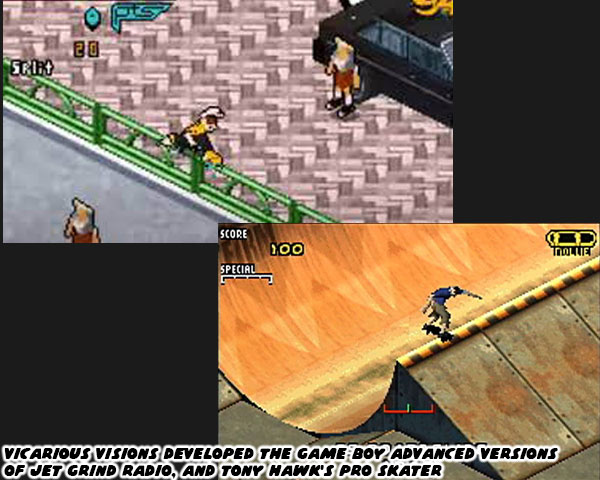
Skate City was the dream place to skate in the original 720°, but if you remember there was a timer that prevented players from exploring the city. You were forced to rush from contest, to contest without actually getting to enjoy all the ramps, and skateable features scattered throughout the city. A timer was also used in the early THPS games, and that really hampered the experience if you weren’t going after a high score run. Exploration, and pushing your abilities in the stages kept players coming back. Skate, and more modern games understand that open world games are liberating. Players can go through these games at their own pace, for their own enjoyment. I would do the same for Skate City, but purposefully fence off areas of it. These portions wouldn’t be accessible unless you completed objectives, or found secrets throughout the game. These were some of the ideas that Atari actually had in mind for the original game. Yet imagine a map 100 times larger, and more detailed than anything Atari could have ever produced with 1980s technology.

I would sprinkle in homages to actual places, and ramps of yesteryear in the game. It would be easy to find ways to make them fit within the context of the environment. Skate City is not designed with pedestrians in mind. The architecture is all created to be ridden on, through, and over. The whole place was meant to be thrashed by some radical kids. Yes we would still feature shops in the shapes of respective skate gear, but wedges, and transitions would be built into fast food restaurants, schools, and other buildings. There would also be rails, and ledges that could be grinded. Street skating had not gone in that direction when 720° came out. It is not impossible to design a level in a strict isometric POV. Atari managed to do it in ’87. The studio got around buildings, or ramps that would have obscured the main character by using transparency. For example in the Ramp contest the far walls are wood, but the closer transitions, and deck are lexan, a clear plastic. This was a detail pulled from real life.
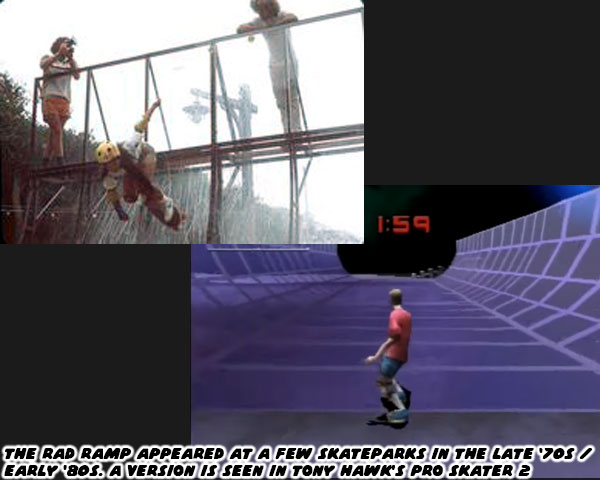
Plexiglass ramps, sometimes referred to as Rad Ramps, were portable halfpipes. They could set up at skate parks, parking lots, and even inside malls for demos. Although difficult to skate on they helped shape the future or ramp design. They were instrumental in pushing the boundaries of what was possible on a skateboard. Tracker Trucks worked with Firestone to create the first portable clear ramp. A version of this was featured in THPS2. The first skateboard loop, the “Death Loop” accomplished by Duane Peters, was done on a plexiglass ramp. Then there was the Turning Point ramp. It was purpose-built full-pipe-with-cradle that could be adjusted to different angles. It was used in the early boom of skateboarding for contests, and to get many skaters used to the idea of being inverted while on the board. These types of ramps, and building construction would be sprinkled throughout my version of Skate City.
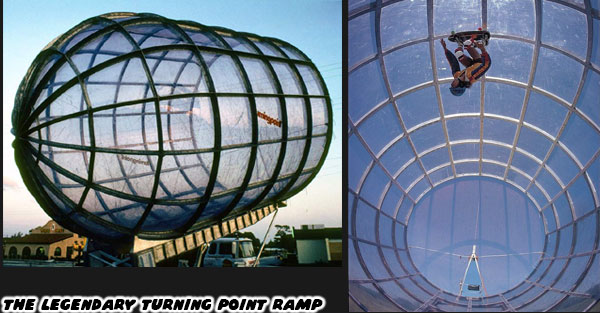
Then there is the question of the contests, and the main character. How would they be different? Keep visiting the blog, and I’ll do a complete break down in the next few days. If you would like to sponsor me please visit my Patreon page and consider donating each month, even as little as $1 would help make better blogs and even podcasts!